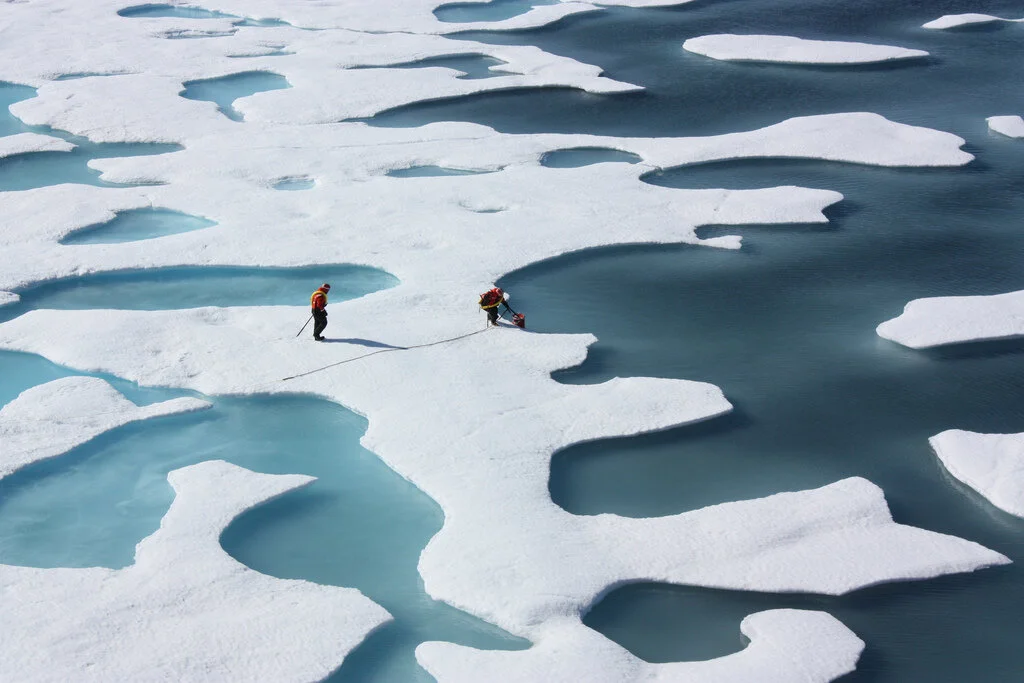Feedback Mechanisms Explained
Our bad habit of dredging up and burning fossil fuels has quite rightly received the most press as the major cause of climate change. However, though it is the prime driving force for changing the climate, it’s not the whole story. They are part of a really complex and dynamic system which involves feedbacks. These are processes built into the natural systems of the earth which affect climate change by speeding it up or slowing it down. If they speed up climate change too much, global warming caused by humans may be amplified out of our control! We call this a ‘tipping point’.
Here is an explanation of feedbacks and tipping points to get you in the loop.
What are feedbacks?
Feedbacks are processes built into the Earth’s systems which can either act to strengthen the effects of global warming or weaken the effects by cooling the planet.
Overall, scientists think feedbacks are having an overall heating effect on the planet, making global warming stronger and speedier.
Ice
NASA - 2011 - https://bit.ly/2y4DKN6
The most powerful of these feedbacks is ice albedo. Sea ice and snow cover, as well as ice sheets in Antarctica and Greenland, are really reflective because they’re white. This means that they have a high albedo (reflectiveness). As a result, the sun’s energy bounces off the ice and back into space, and so helps to keep the earth cool.
However, increasing air and sea temperatures means that ice is melting. As the reflective ice and snow edges away, dark ocean and land is being exposed which absorbs heat instead of reflecting it. This means extra warming!
Water Vapour
Water may not seem like a sinister chemical, but when it evaporates into the atmosphere, it has an even stronger warming effect than carbon dioxide. As oceans warm up, more water will be entering the atmosphere as a greenhouse gas, causing more of the sun’s energy to get trapped and therefore a hotter planet.
Carbon Cycle
The natural cycle which regulates the movement of carbon between organisms and the atmosphere is being disrupted by global warming in a few ways - these disruptions are exacerbating global warming.
For example, oceans are really important for storing carbon, they suck up at least half of the carbon that humans emit. However, as oceans warm, their carbon-storing abilities get worse and it can mean that the stored up carbon gets released into the atmosphere. Eeek!
Melting permafrost, which is ancient frozen land ice found in the northern hemisphere, creates another strong positive feedback. There are tonnes and tonnes of methane, a powerful greenhouse gas, stored in these icy reserves. As the permafrost melts, it’s let loose, and too much could spell a really big problem.
Tipping Points
If we keep pumping carbon into the atmosphere, causing more and more positive feedbacks, we’re likely to reach tipping points where global warming goes spiralling out of our control - causing irreversible climate change. This will happen if we lose too much of our sun-reflecting ice, or if enough methane-storing permafrost thaws.
This means that the clock is ticking quite a bit faster than we first thought. If we don’t act quickly we could be seeing rapid changes which, once fully underway, will be very difficult to stop.

